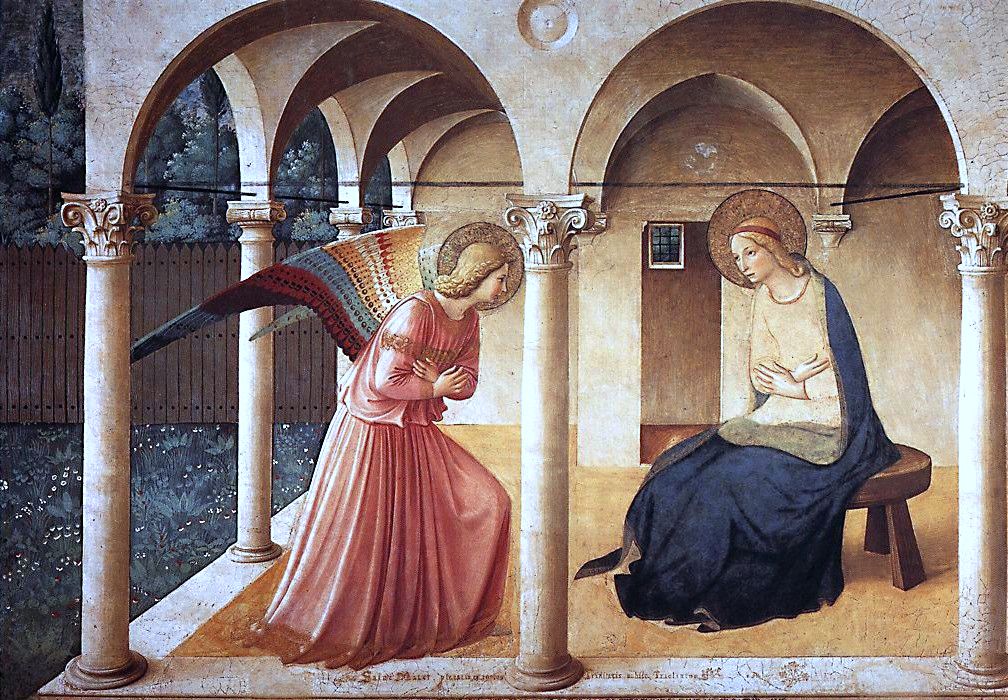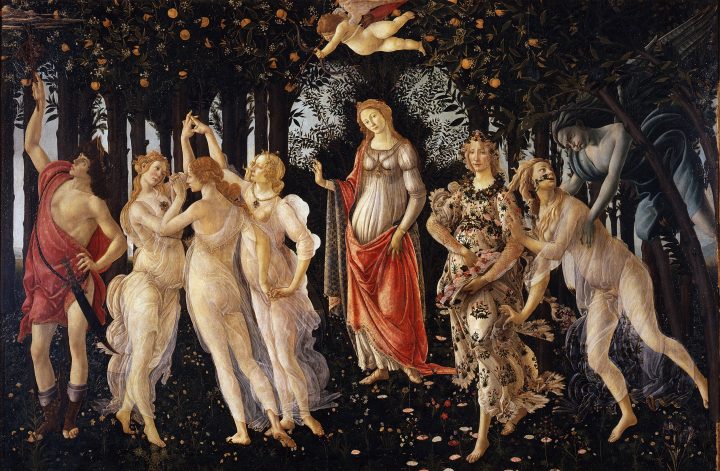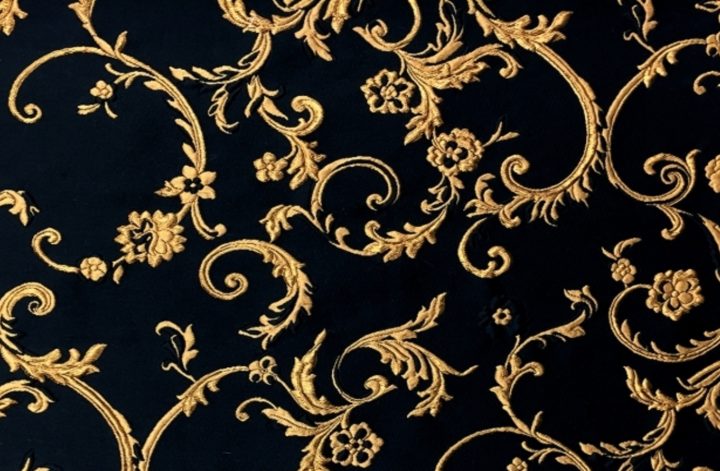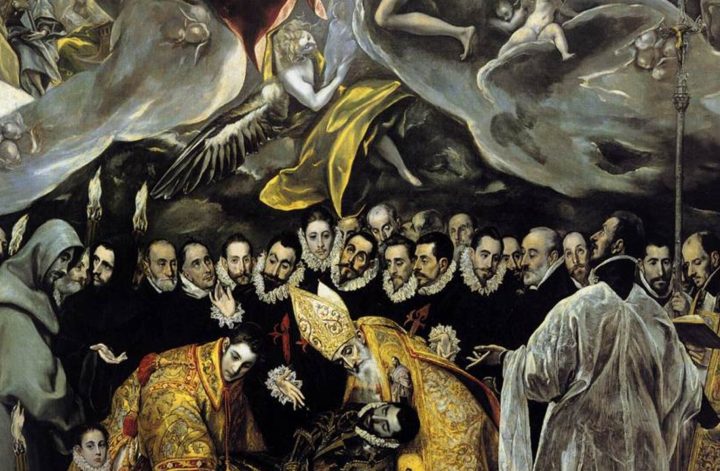By Mehreen
Date Written: 11/03/2023
Last updated: 08/04/2023
Renaissance is probably one of the most popular art movements of all time. Artworks of this time period are characterized by realistic features, such as natural landscapes in the background, as well as a strong emphasis on the individual rather than spiritual identity. This can be characterized by the depiction of more diverse characteristics of the human body and poses. The change was due to the rise of humanism — a philosophy that put human life at the centre of the universe, contrary to the spiritual emphasis on the afterlife in the middle ages. Renaissance was a period of change and growth, taking inspiration from the classical era more than a millennia ago as well as giving birth to new ideas that affect us to this day.
There are many possible reasons for the beginning of the Renaissance, such as the fall of Constantinople in 1453, a rise in translations of Ancient Greek and Roman texts, trade and wealth in Italy, the philosophy of humanism and the introduction of oil paints in Italy. Some historians also claim that the Black Death had contributed to the Renaissance; due to the disruption it had caused in society, some suggest it had increased people’s social mobility.
The Early Renaissance took place in the 1400s. Artists of the time were highly influenced by the Humanist values mentioned above, as well as a greater knowledge of architecture, philosophy, theology, mathematics, science, and design.
The Expulsion from the Garden of Eden by Masaccio, C.E 1425 – Image via Wikimedia Commons (The original image was cropped by the author of the article)
This fresco was one of the first true Renaissance paintings, created by Masaccio. Masaccio regarded as a catalyst for Italy’s transformation into Renaissance, went on to radically transform Florentine art and inspire artists for generations to come.

The Annunciation by Fra Angelico, C.E 1440-1445 – Image by Fra Angelico – carulmare ANGELICO, Fra Annunciation, 1437-46 Taken on 2 February 2008, CC BY 2.0
In medieval art, depictions of sacred beings often had abstract backgrounds as they were seen as beyond ordinary human beings. However, the artwork above was placed in a rather ordinary setting despite the subject being of religious significance; and this was a radical idea at the time. Recreating this scene in a familiar setting allowed the viewers to connect more deeply with both the artwork and Christianity itself.
Primavera by Botticelli, C.E late 1470s/early 1480s– Image via Wikimedia Commons
Often termed as one of the most controversial and written-about paintings in the world, Sandro Botticelli’s Primavera is the perfect example of Classical influences in Renaissance artworks. The scene depicts figures from Classical Greek and Roman mythology in the garden of Venus. The orange grove in which the scene is taking place is the symbol of the Medici family, one of the most influential families in Florence at the time. In fact, the painting contains over 500 identifiable plant species, reflecting the integration of science into culture during the Renaissance. While considered one of the finest paintings of the Early Renaissance, its composition is actually closer to gothic artworks since rather than an emphasis on realistic perspective and space, the figures are said to have been “set side by side like pearls on a string”.
An Old Man and His Grandson by Domenico Ghirlandaio, C.E 1490 – Image via Wikimedia Commons
In the words of art historian Bernard Berenson, “There is no more human picture in the entire range of Quattrocento painting, whether in or out of Italy.” This poignant painting evokes a sense of personal connection between the two subjects. Contrary to past traditions of solely painting important (and mostly religious) figures, the identities of the subjects of this painting are largely unknown; in fact, there is no real evidence that the younger boy is the man’s grandson. The man’s weathered and wise face starkly contrasts the boy’s young and innocent features. Perhaps the greatest reason for this painting’s popularity is the fact that the old man had been portrayed in a positive light, despite the deformities on his nose. This was unheard of at a time when people’s perceptions of others were largely based on their looks. Instead of showcasing a defect in personality as well, the painting defies expectations and shows that there is more to one than meets the eye.
The four paintings mentioned above are only a fraction of the many remarkable paintings of this era. Each of these paintings defied expectations and challenged social norms, and eventually succeeded in bringing change to the realm of art and culture. We can only imagine what it was like to experience these paintings at the time they were created, and how it felt for the painters to defy expectations set centuries past.
Bibliography
- 1 https://www.britannica.com/summary/Renaissance-Causes-and-Effects
- 2 https://www.theartstory.org/movement/early-renaissance/
- 3 https://www.britannica.com/topic/Medici-family
- 4 Ettlinger, Leopold with Helen S. Ettlinger (1976), Botticelli, Thames and Hudson (World of Art), ISBN 0500201536
- 5 Berenson, Bernard. Looking at Pictures with Bernard Berenson. New York, Harry N. Abrams, Inc., 1974. ISBN 0-8109-0042-4
Cover image: Primavera by Botticelli, C.E late 1470s/early 1480s



